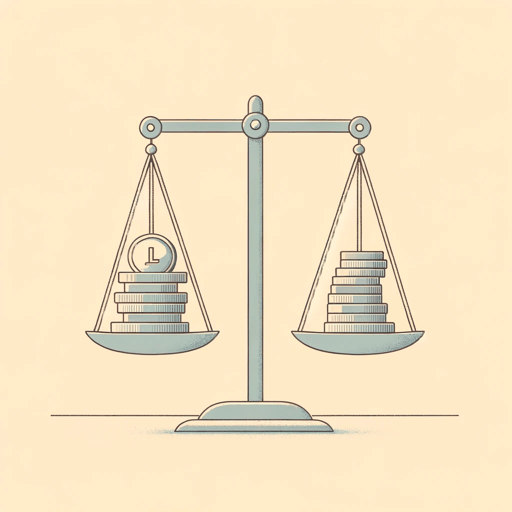70 pages • 2 hours read
Henry GeorgeProgress and Poverty
Nonfiction | Book | Adult | Published in 1879A modern alternative to SparkNotes and CliffsNotes, SuperSummary offers high-quality Study Guides with detailed chapter summaries and analysis of major themes, characters, and more.
Summary and Study Guide
Overview
Progress and Poverty: An Inquiry into the Cause of Industrial Depressions and of Increase of Want with Increase of Wealth: The Remedy (1879) is the best-known work by 19th-century American political economist Henry George. The book’s main objective is to determine why technological advancement and wealth accumulation brought by the Industrial Revolution corresponded to the decline in wages and worsening poverty for the working class. George identifies the key cause of this paradox as being the increase in land rents. Consequently, his solution is to share land and its natural resources equally to alleviate the problem of unequal wealth distribution. Throughout the book, the author relies on many historical examples, the work of major economists such as Adam Smith and David Ricardo, as well as logic to arrive at his conclusions.
Progress and Poverty was very popular in the late-19th and early-20th centuries, both domestically and internationally. Its greatest impact was in progressive and left-wing circles, reform movements, or among those supporting labor rights.
This guide uses the 1898 Doubleday & McClure Co. edition.
Summary
The author sets up “The Problem” in his Introduction to understand the paradox of technological advancement and growing material wealth of industrialized societies on the one hand and falling worker wages and growing poverty on the other. Each of the subsequent ten thematic Books comprises a number of chapters and tackles key aspects of this problem and its solution as pieces of the puzzle that eventually come together. For this reason, it is important to read Progress and Poverty in chronological order.
The author relies on logic and historical examples to identify the cause of socioeconomic inequality in private land ownership, land rent, and land-value speculation in the first five Books of Progress and Poverty. George defines key economic terms, such as labor, capital, wages, interest, product, and land rent, and identifies the relationship between them. At times, this relationship is contrary to popular thinking. For example, the author refutes the assertion that capital funds wages, and suggests, instead, that it is labor that furnishes them.
George identifies private land ownership, in general, and land rent and land-value speculation, specifically, as key culprits of unequal wealth distribution. In his view, it is the ever-increasing land rents that negatively affect capital and wages despite the growing efficiency of industrial production. Learning about the way in which these economic relationships operate is important to understanding George’s reasoning for the radical solution that he subsequently proposes. George uses the work of other political economists and philosophers, such as Adam Smith, David Ricardo, John Stuart Mill, Thomas Malthus, and Herbert Spencer, to elaborate on his arguments or challenge these thinkers.
Books 6 through 9 lay out George’s argument for land reform—his remedy for unequal wealth distribution and socioeconomic inequality—and the practical ways in which it could be carried out, as well as its positive impact on society. The author believes that land should not be forcibly confiscated, or that landowners should be compensated for their land from public funds. Instead, he proposes a single tax on land in lieu of all other taxes as the most practical solution. Its effects include freeing up large amounts of wealth for public spending, more effective use of capital to continue improving industrial production, higher wages, the elimination of all other taxes, and a smaller government bureaucracy with reduced corruption.
The final Book focuses on the meaning of this proposed land reform for Western civilization at large. George subscribes to the cyclical idea of civilizations that peak and eventually decline. In his view, it is unequal wealth distribution and lack of communal cooperation that cause civilizational dissolution. Thus, the author believes that his land reform would allow societies to exit the cycle and remain on a path of material progress.
In general, Progress and Poverty is an important study in political economy and a valuable historical document covering the way in which socioeconomic inequality was perceived in the era of wild, unregulated capitalism and in absence of basic labor rights. George’s thought had a significant international impact in the late-19th and early-20th centuries. Questions about land and its natural resources periodically arise around the world in the context of privatization or nationalization, demonstrating the continued relevance of George’s work.
Featured Collections
Books on Justice & Injustice
View Collection
Business & Economics
View Collection
Contemporary Books on Social Justice
View Collection
Equality
View Collection
Philosophy, Logic, & Ethics
View Collection
Politics & Government
View Collection
Popular Study Guides
View Collection
Poverty & Homelessness
View Collection

